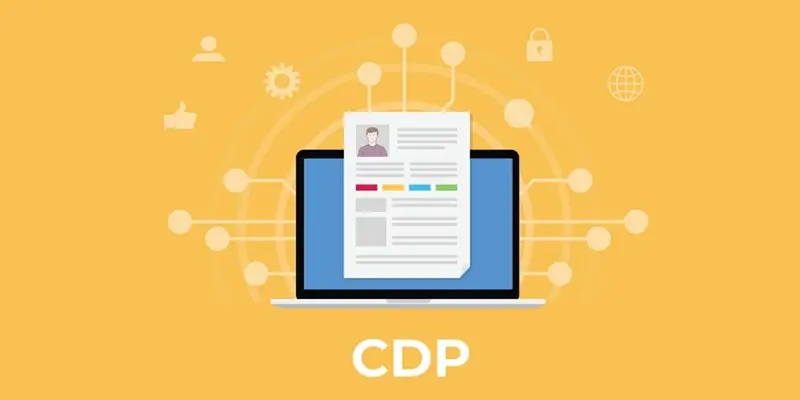The implementation of Customer Data Platforms (CDPs) in today’s rapidly evolving digital landscape is becoming increasingly complex, with businesses struggling to keep up with product complexity, scalability limitations, and long migration periods. This presents a frustrating scenario where enterprises are unable to realize the full value of their data platforms. However, Treasure Data has recognized these challenges and launched a new CDP Trade-Up program designed to simplify the transition from existing CDPs to Treasure Data CDP. This initiative aims to rectify the common issues faced by businesses using legacy CDPs and streamline the process, enabling companies to unlock their data’s true potential more quickly and efficiently.
Addressing Common CDP Issues
Treasure Data’s CDP Trade-Up program tackles the core problems that companies encounter with their current CDP implementations, such as extended migration timelines, intricate product structures, and scalability issues. These obstacles handicap businesses, preventing them from maximizing the potential of their customer data. Treasure Data’s CEO and co-founder, Kaz Ohta, has emphasized that the company’s new initiative is geared towards eradicating these friction points, ensuring a smoother transition that allows organizations to harness their data’s full capabilities promptly.
CDP Contract Relief and Hassle-Free Transition
One of the standout features of the Trade-Up program is its provision for CDP Contract Relief, which enables enterprises to move to Treasure Data without business disruptions or dual payments. Instead of dealing with the headache of overlapping CDP contracts and paying for two platforms simultaneously, businesses can make the switch and start paying for Treasure Data only after their existing CDP contracts have concluded. This strategic move ensures a seamless migration process, freeing businesses from added financial burdens while they undergo the transition. The importance of this feature can’t be overstated, as it addresses a major concern for companies hesitant to switch platforms due to financial obligations tied to their current CDPs.
CDP Migrator Toolkit: Speed and Scalability
A significant component of the Trade-Up program that is set to revolutionize the CDP migration process is the CDP Migrator Toolkit. This toolkit leverages Treasure Data’s extensive experience, drawn from over 50 successful migrations, employing AI to facilitate rapid and efficient deployment. The toolkit is designed to swiftly lift and shift existing use cases by utilizing Treasure Data’s schemaless architecture. This feature allows businesses to adapt quickly without the need for extensive restructuring of their data models. Furthermore, pre-built industry-specific workflows add another layer of acceleration to the implementation process, helping companies quickly realize the benefits of their new platform.
Optimizing Existing and New Use Cases
The CDP Migrator Toolkit does more than just expedite the initial migration; it also helps businesses optimize and scale both existing and new CDP-powered use cases. By offering tools that enhance ROI and cost savings, businesses can quickly transition to a more reliable and scalable solution, equipped to handle higher volumes and faster speeds. The goal is to ensure that marketing teams can launch campaigns faster and increase revenue per campaign, ultimately leading to improved customer acquisition, retention, and lifetime value. These optimizations are crucial for any business aiming to remain competitive in a data-driven market.
Enhanced Operational Efficiency
Treasure Data’s initiative goes beyond simple migration; it aims to fundamentally transform how businesses utilize their CDPs, creating a framework for enhanced operational efficiency. Case in point, a verified review from a G2 user highlights improved data handling and operational processes after switching to Treasure Data. These enhancements mean that companies can manage their customer data more effectively, leading to better-informed marketing strategies and more personalized customer experiences. The swift deployment ensures that businesses do not experience lengthy downtimes, which is critical in maintaining continuity and leveraging data insights for strategic decisions.
Meeting Industry Needs
Implementing Customer Data Platforms (CDPs) in today’s ever-changing digital world is becoming increasingly complicated. Many businesses are finding it difficult to manage product complexity, scalability issues, and long migration periods. This leads to a frustrating situation where companies can’t fully leverage their data platforms. Treasure Data has acknowledged these challenges and introduced a new CDP Trade-Up program tailored to simplify the transition from existing CDPs to Treasure Data CDP. The program addresses common problems that businesses face with legacy CDPs and ensures a smoother process. By doing so, it enables enterprises to unlock and harness the true potential of their data more swiftly and effectively. Instead of struggling with dated systems, companies can now experience a streamlined transition, allowing them to make better data-driven decisions promptly. This initiative represents a significant step forward in helping businesses adapt to the fast-paced digital landscape, ensuring they remain competitive and efficient in utilizing their data resources.

